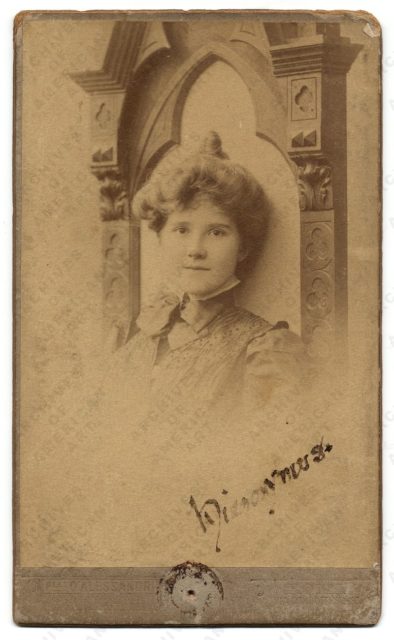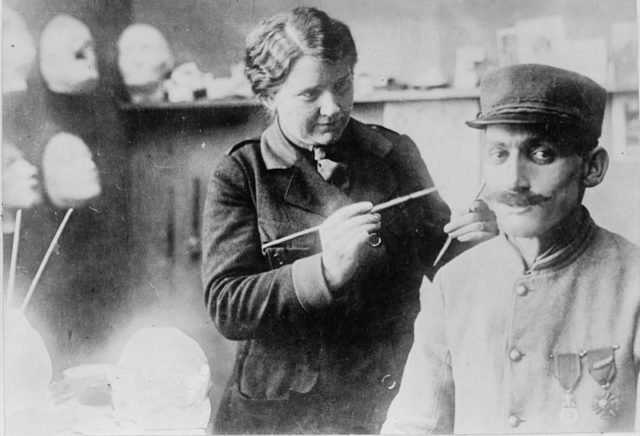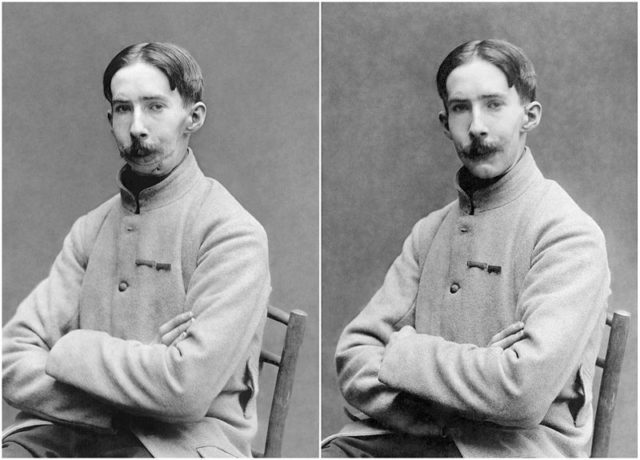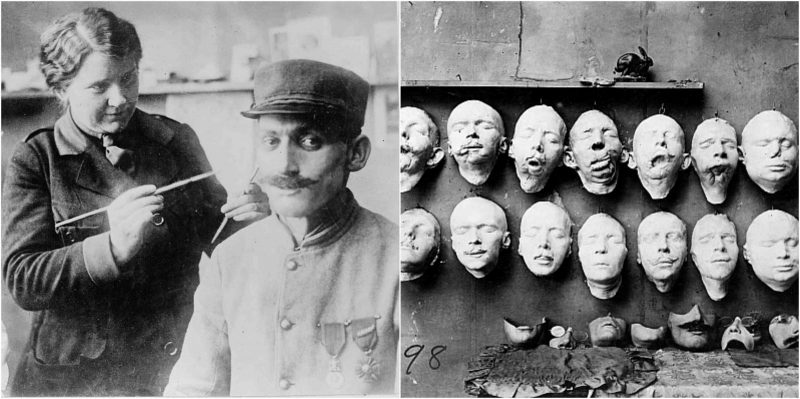People who devoted their lives to helping others are always worth recognition. One of those people is Anna Coleman Ladd, who selflessly used her talent to help disfigured soldiers in World War I.
Ladd was an American sculptor born in Philadelphia to John and Mary Watts. She was educated in private schools in Europe and America. After marrying Dr. Maynard Ladd in 1905, she moved to Boston where she continued studying for three years at the Boston Museum School.

Ladd was a passionate woman who often challenged herself to surpass her previous achievements in her artistic endeavors.
She even wrote two books. One was a sendup of Boston’s society in 1913, entitled “The Candid Adventurer,” while the other, “Hieronymus Rides,” was a medieval romance. She also wrote some unproduced plays, one of which included a female sculptor going to war.
Considering the sequence of her career, it’s safe to assume Ladd was inspired by her own character, leading to her later involvement in wars.
Ladd wasn’t just a writer and sculptor; she also had a passion and talent for painting. She was well regarded for her successful work; she was one of the only artists allowed to produce a portrait of the actress Eleanora Duse. She also painted mythological characters, in pictures that are still selling at auctions today.
In 1917, a year before World War I ended, Ladd established an American Red Cross “Studio for Portrait-Masks” in Paris. She founded the studio in order to create facial prosthetics for mutilated soldiers who weren’t fortunate enough to leave the war without injuries.

Ladd didn’t run the studio by herself, though. She had the support of the English sculptor, Captain Derwent Wood, who finalized the masks in his own studio called “Tin Noses Shop.”
Creating the masks wasn’t an easy job, but for someone like Ladd who could bring perfection to everything they touched, it wasn’t a mission impossible. Photographers would capture the facial disfigurement of the soldiers in order to compare it with their older photos, helping Ladd to model the masks in clay or plasticine.
The resulting form was later used to construct the prosthetic piece from a very thin galvanized copper. After, Ladd would send the masks to Wood’s shop for painting to resemble the recipient’s skin. He also adorned them with eyeglasses or strings for retention, adding a mustache if desired.

In a year and a half of hard work, Ladd and her teammates sculpted over 100 masks. The average cost of one mask was only $18, which went to charity.
Ladd’s work was recognized and admired by many. In 1932, she was made a Chevalier of the Legion of Honor by the French Government and earned the Serbian Order of Saint Sava.
When World War I came to an end, she modeled a war memorial of a decayed corpse on a barbed wire fence for the Manchester-by-the-Sea American legion. Another lovely sculpture called the “Triton Babies” remains as a fountain in Boston Public Garden today.
Ladd retired with her husband in 1936 to California, where she passed away three years later. Besides the meaningful labor and beautiful art pieces she left behind, Ladd was remembered as a woman who devoted her life to helping the mutilated soldiers of war to continue to live normally.
Today, her work is correlated to anaplastology, a branch of medicine dealing with the prosthetic rehabilitation of facial and bodily disfigurations.
Although the term “anaplastology” was coined by Walter G. Spohn and became used worldwide, Ladd remains as the pioneer of the practice.
